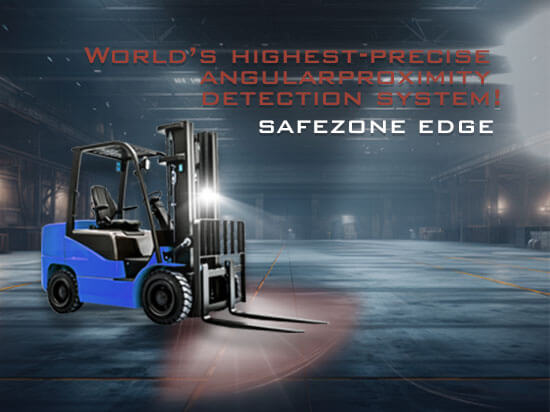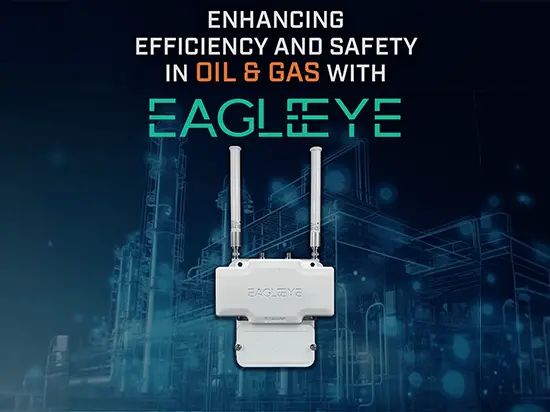Forklift Tracking and Fleet Management RTLS System
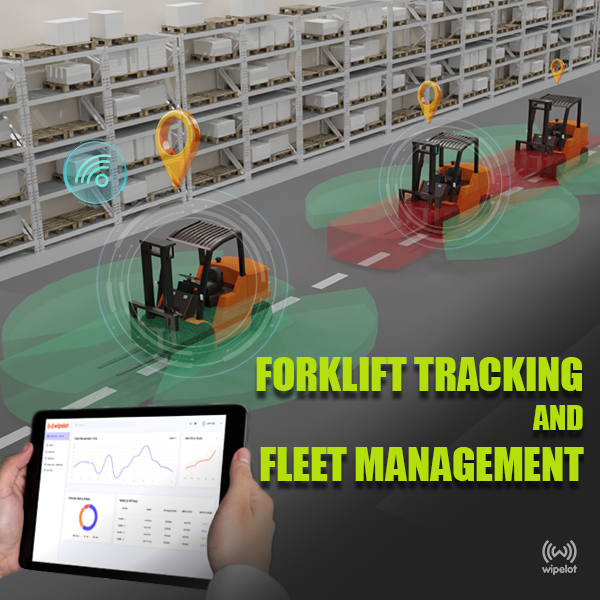
Forklift tracking and fleet management leverage Real-Time Location Systems (RTLS) and advanced IoT technologies to track, analyze, and optimize the usage of forklifts, reach trucks, milkruns, and automated guided vehicles (AGVs) in the warehouse. These systems provide real-time data on vehicle location, usage patterns, and performance metrics to enhance operational efficiency, safety, and profitability.
The Benefits of Forklift Tracking
Forklift tracking systems offer real-time insights into the location, usage, and performance of forklifts in industrial environments. These systems help businesses optimize fleet utilization, streamline workflows, and reduce idle times. By providing a clear view of vehicle movements and generating reports on aisle congestion and vehicle categorization, they enhance route efficiency and boost productivity while lowering operational costs. Additionally, analyzing data such as downtime, driver behavior, and speeding enables smarter decision-making and supports long-term safety and efficiency improvements.
How Forklift Tracking Works?
Forklift tracking operates by equipping vehicles with UWB devices that transmit location signals to receivers, known as anchors, placed strategically throughout the facility. These signals are collected and sent to a centralized system or cloud-based platform, where they are analyzed in real-time. This process enables precise tracking and efficient management of forklifts, providing actionable insights to improve operations.
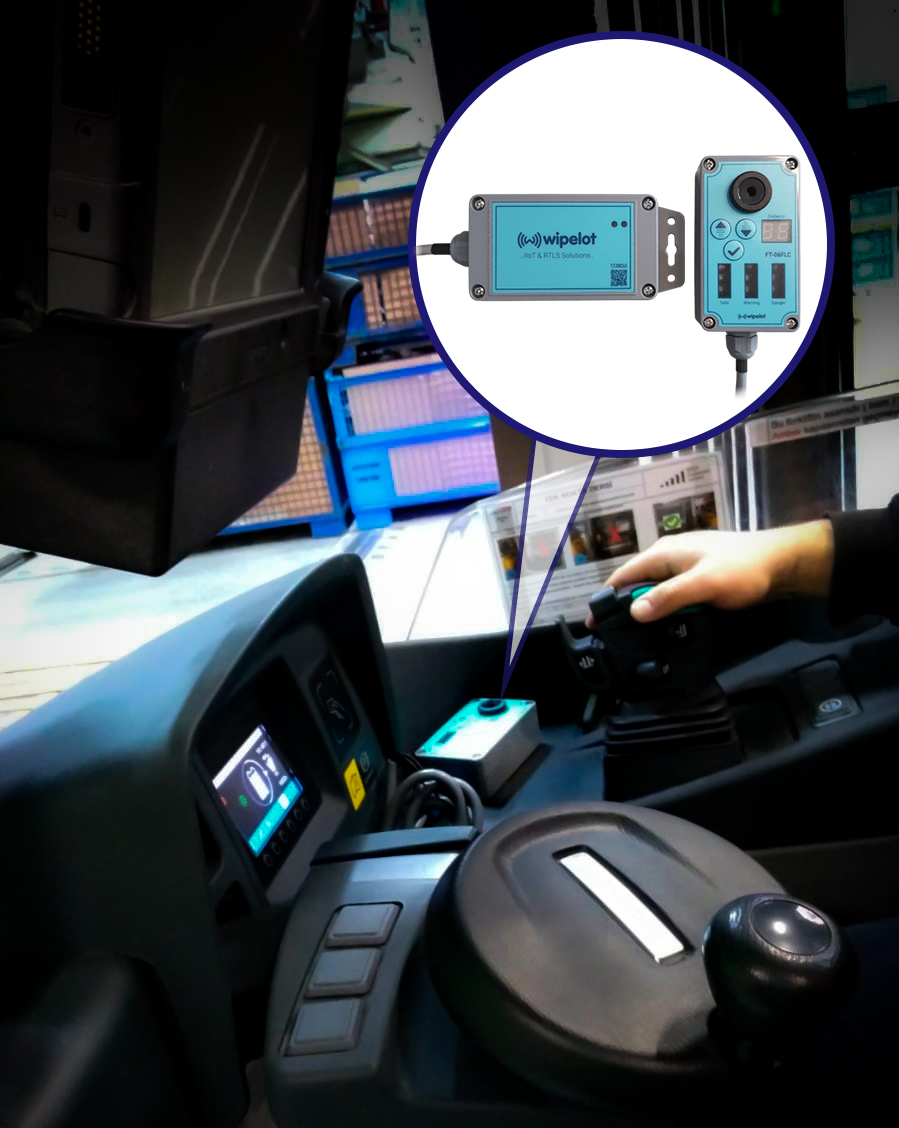
How Telemetry Transforms Fleet Operations?
Wipelot Telemetry systems are essential for analyzing and improving fleet efficiency in industries such as warehousing, manufacturing, mining, and construction. By combining advanced hardware and configurable software, these systems enable remote equipment monitoring, technical data analysis, and the development of optimized workflows to enhance overall performance.
Streamlining Forklift Routes
Efficient route planning minimizes wasted energy and reduces delays. Analyzing movement patterns helps businesses refine forklift paths, cutting unnecessary travel and lowering energy consumption. Optimized workflows improve material flow, enhance safety in high-traffic areas, and increase vehicle longevity by reducing wear.
Comprehensive Utilization Insights
Monitoring forklift activity by type or zone provides valuable data for better fleet management. Identifying underused or overstretched vehicles ensures effective resource allocation. Reports on travel distances and traffic patterns eliminate inefficiencies while load-handling analysis aligns resources with peak demand periods.
Reducing Idle Time and Enhancing Efficiency
Analyzing active and idle time metrics reveals inefficiencies like bottlenecks and downtime. Addressing these issues reduces energy costs and improves equipment reliability. Comparing performance across facilities helps standardize best practices, creating a balanced and efficient fleet operation.
10 Essential Features of Wipelot's Fleet Management Systems
-
Real-Time Monitoring
- Continuous tracking of forklift location and performance across facilities.
- Captures real-time data for immediate insights into operations.
-
Route Optimization
- Analyzes forklift movement patterns to identify and improve inefficient routes.
- Minimizes unnecessary travel to reduce energy consumption.
- Enhances facility safety by addressing high-traffic areas.
-
Utilization Tracking
- Monitors forklift activity by type, zone, and operator to optimize fleet usage.
- Identifies overused or underutilized vehicles for better resource allocation.
- Tracks travel distances and load-handling frequency for workflow refinement.
-
Idle Time Analysis
- Highlights excessive idle times to uncover inefficiencies in operations.
- Reduces unnecessary energy consumption and equipment downtime.
-
Performance Reporting
- Generates detailed reports on usage, productivity, and traffic flow.
- Provides actionable data to improve forklift deployment and operator efficiency.
-
Fleet Maintenance Optimization
- Proactively monitors wear and tear based on route and usage data.
- Extends equipment reliability by minimizing excessive idling and overuse.
-
Safety Enhancements
- Identifies collision risks in high-traffic areas with data-driven insights.
- Implements geofencing to restrict forklifts from entering hazardous zones.
-
Multi-Site Support
- Enables seamless monitoring and management across multiple locations from a single platform.
-
Peak Hour Resource Allocation
- Tracks operational peaks to ensure optimal resource availability.
- Aligns equipment and workforce with real-time demand.
-
Data-Driven Decision Making
- Provides actionable insights through dynamic dashboards and analytics.
- Enables informed strategic planning for long-term operational improvements.
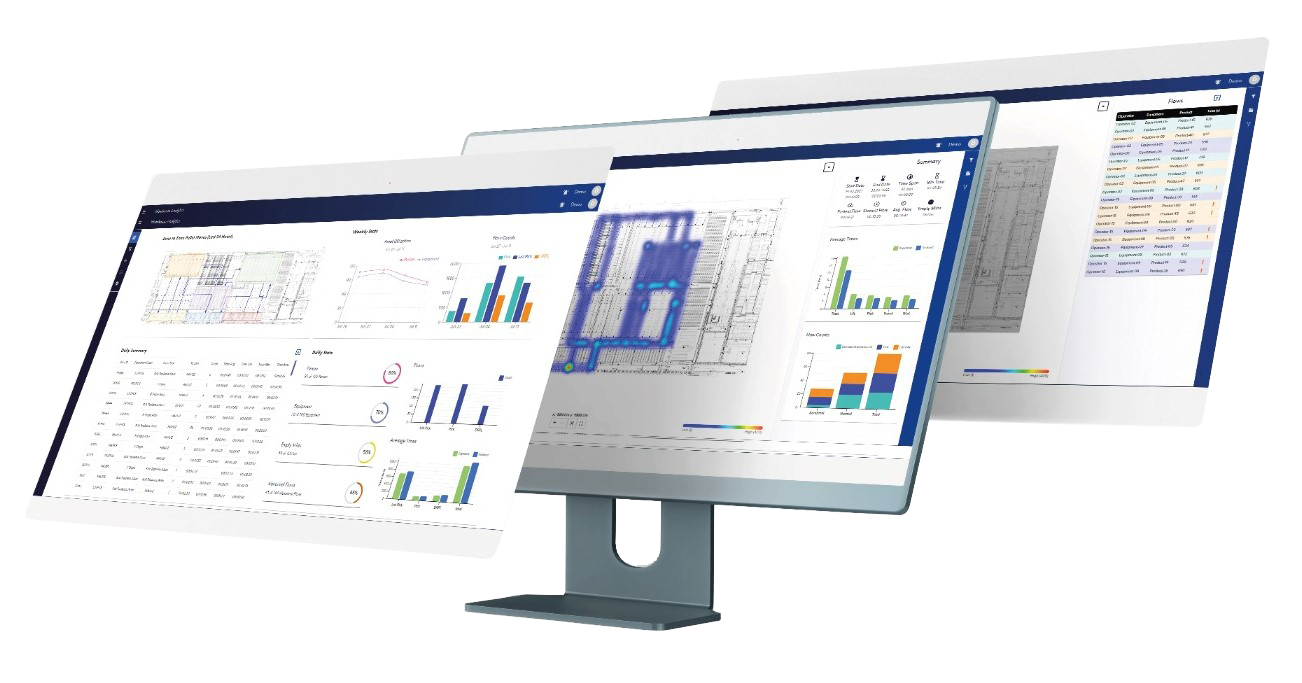
Frequently Asked Questions About Forklift Tracking and Fleet Optimization
- What operational problems does a forklift tracking system solve?
- A forklift tracking system solves common operational issues like route inefficiencies, vehicle idle time, unsafe driving behavior, and unbalanced fleet utilization. It provides real-time data to identify congestion, optimize movements, and reduce unnecessary fuel and maintenance costs.
- How can forklift fleet management systems reduce costs in large warehouses?
- These systems reduce costs by minimizing idle time, preventing overuse of specific vehicles, optimizing travel routes, and enabling predictive maintenance. As a result, businesses see lower fuel usage, reduced breakdowns, and improved workforce productivity.
- What type of data does a forklift tracking system collect, and how is it used?
- The system collects real-time location data, vehicle usage statistics, driver behavior patterns, idle/active time, and maintenance needs. This data is analyzed through dashboards to support decisions like workload balancing, safety enforcement, and ROI optimization.
- Is forklift tracking suitable for multi-site or large-scale operations?
- Yes. Scalable forklift tracking platforms like Wipelot’s can support centralized fleet visibility across multiple warehouses or industrial sites, helping corporate managers maintain performance benchmarks and enforce unified safety protocols.
- How does RTLS-based forklift tracking improve workplace safety?
- RTLS technology improves safety by preventing unauthorized area entry (via geofencing), detecting risky driving behaviors (like speeding or sudden stops), and analyzing high-traffic zones to reduce collision risks—ensuring compliance with safety regulations.
Elevate Fleet Management with Wipelot’s Advanced Solutions
Forklift tracking and fleet management systems are revolutionizing industrial operations by enhancing efficiency, safety, and decision-making capabilities. From collision prevention systems to fleet telemetry systems that provide actionable insights, these solutions empower businesses to optimize workflows and reduce operational costs. Wipelot, a leader in RTLS and IoT technologies, offers cutting-edge solutions designed to meet the needs of diverse industries, including warehousing, manufacturing, and logistics. With features like real-time monitoring, route optimization, and advanced safety enhancements, Wipelot systems ensure businesses stay ahead in a competitive market.
To learn more about how Wipelot can enhance your fleet operations, explore our innovative Safezone solutions or discover the benefits of Fleet Telemetry Systems. For in-depth insights, check out our detailed use cases and see how we’ve helped organizations like yours achieve operational excellence.
Start optimizing your fleet operations today with Wipelot’s Smart Solutions!

